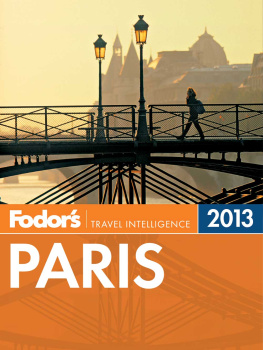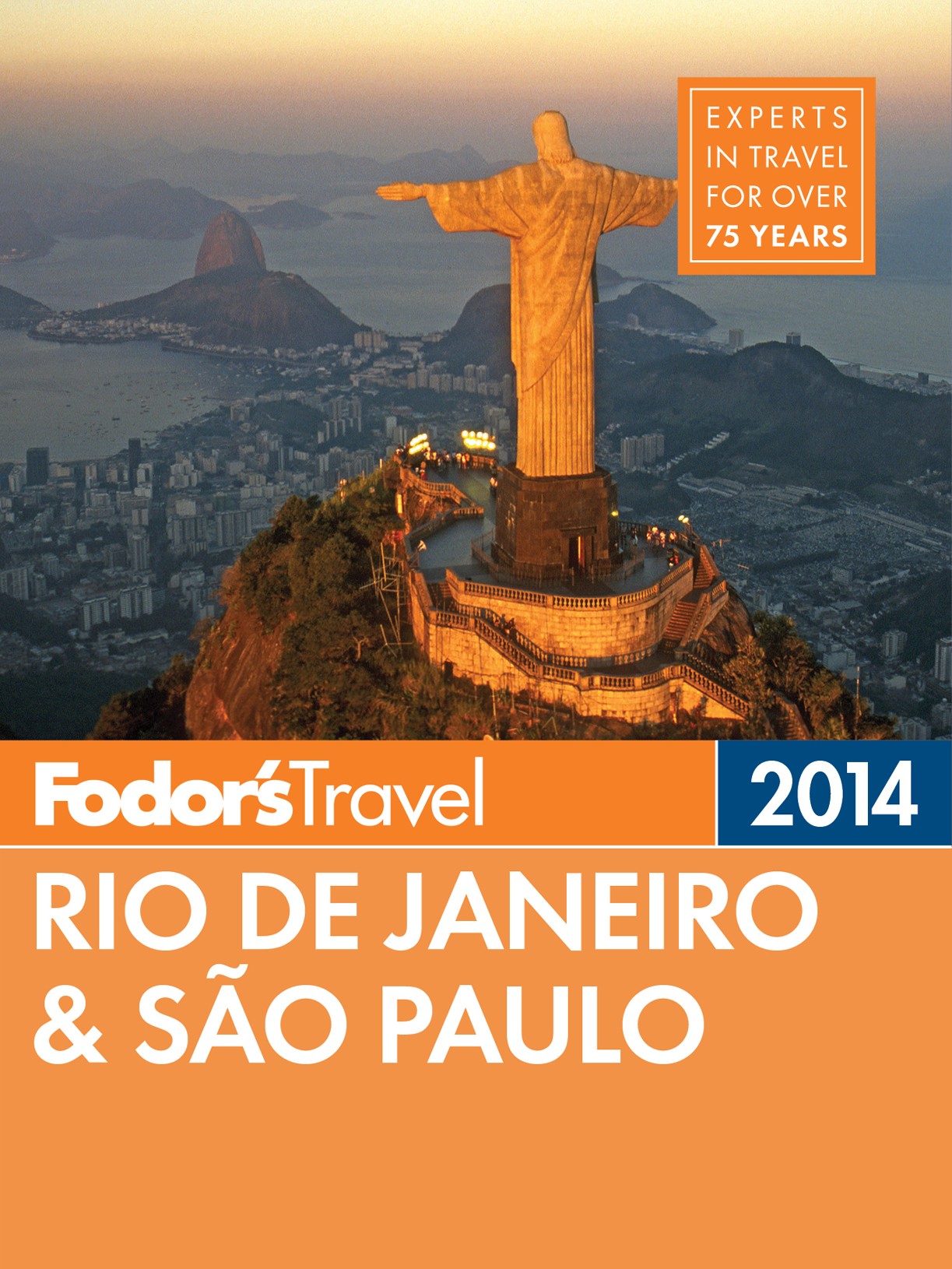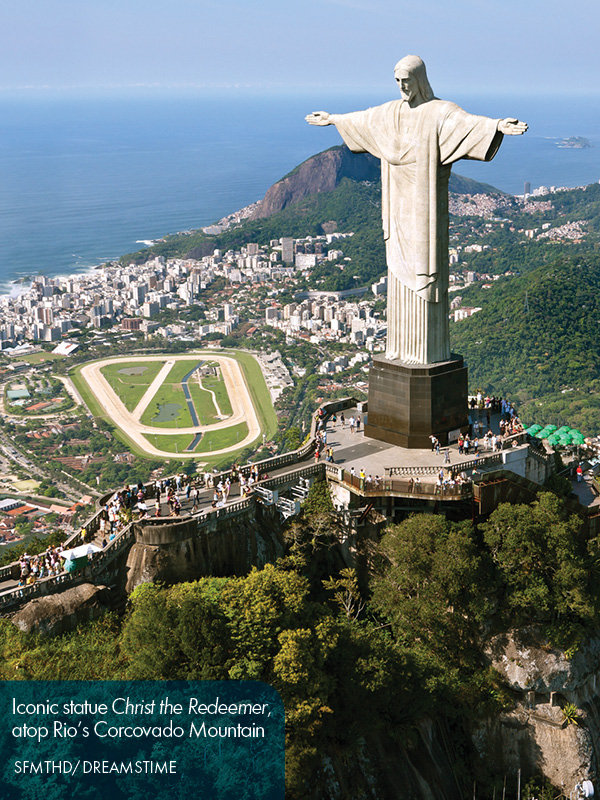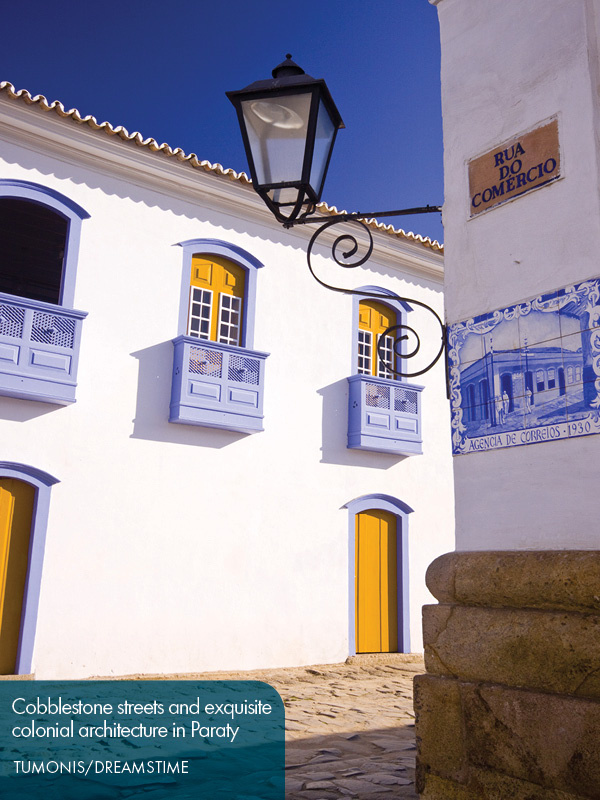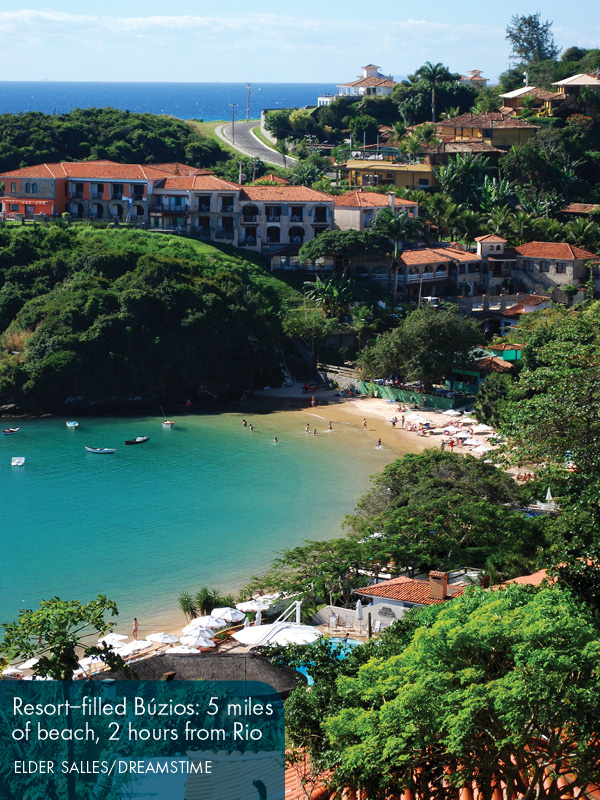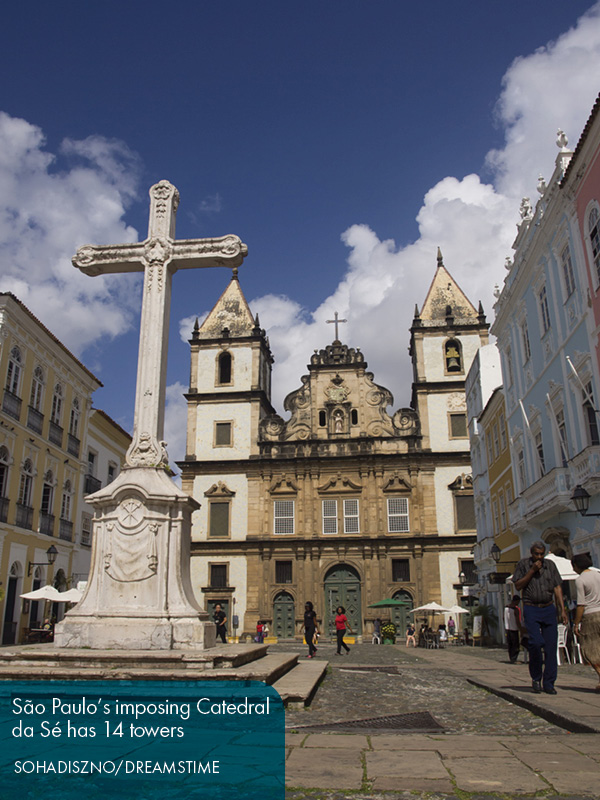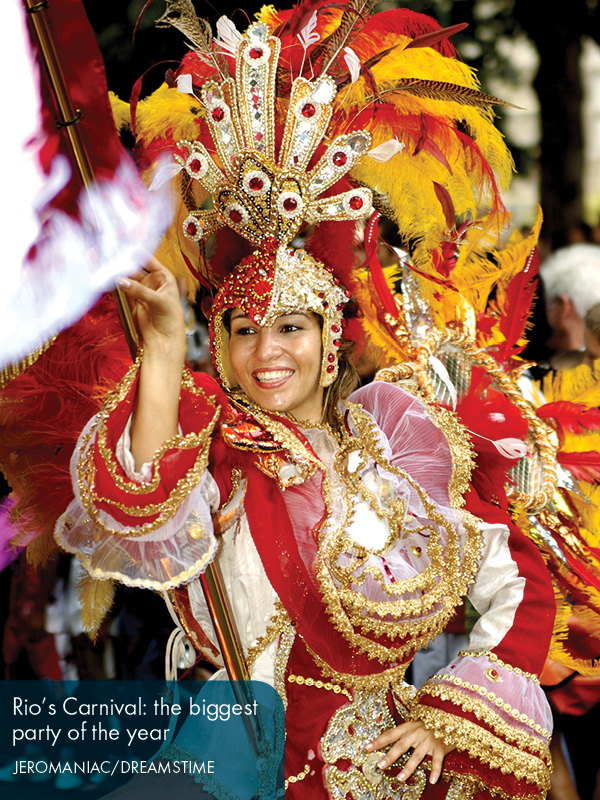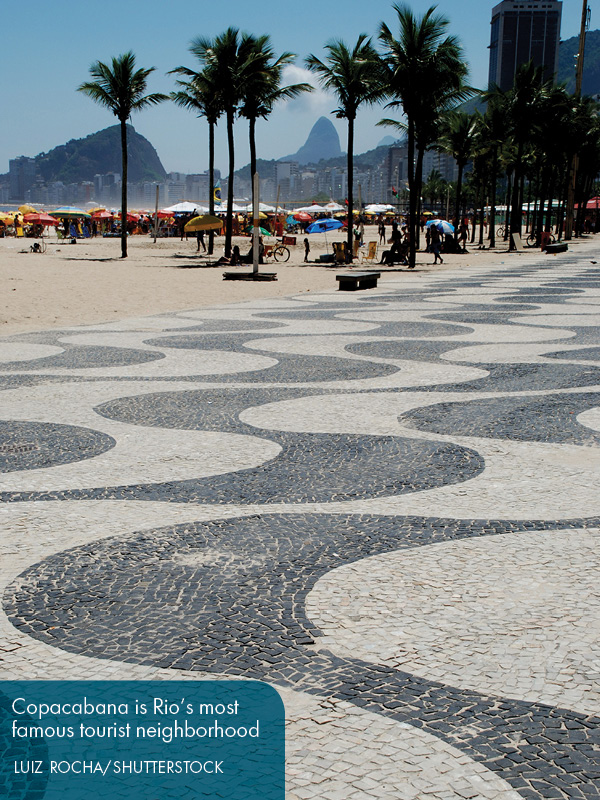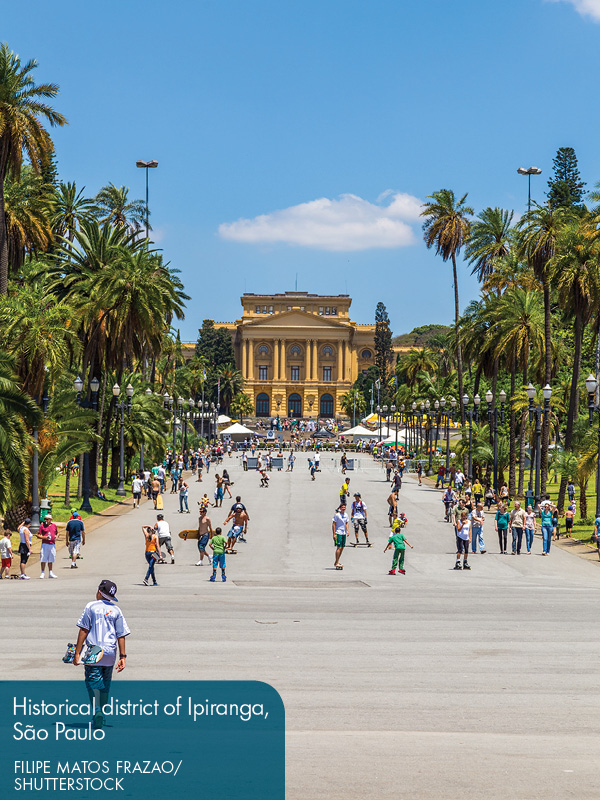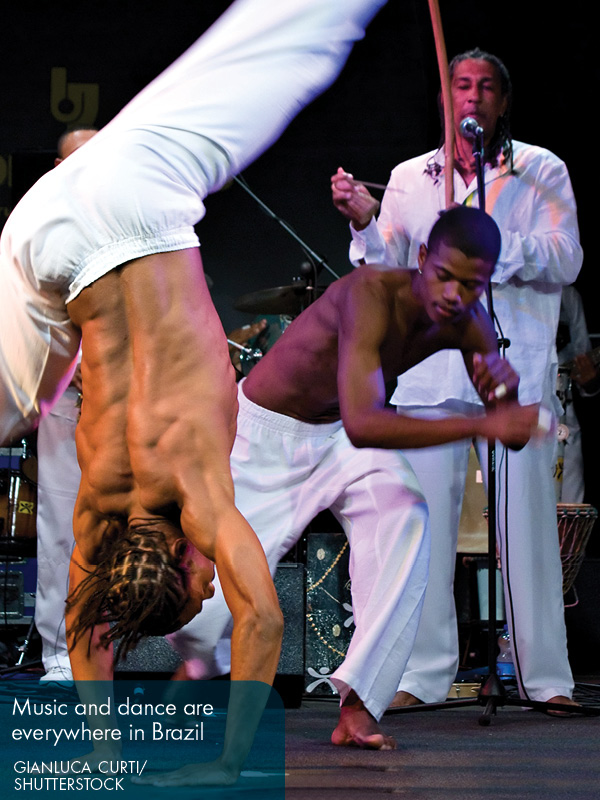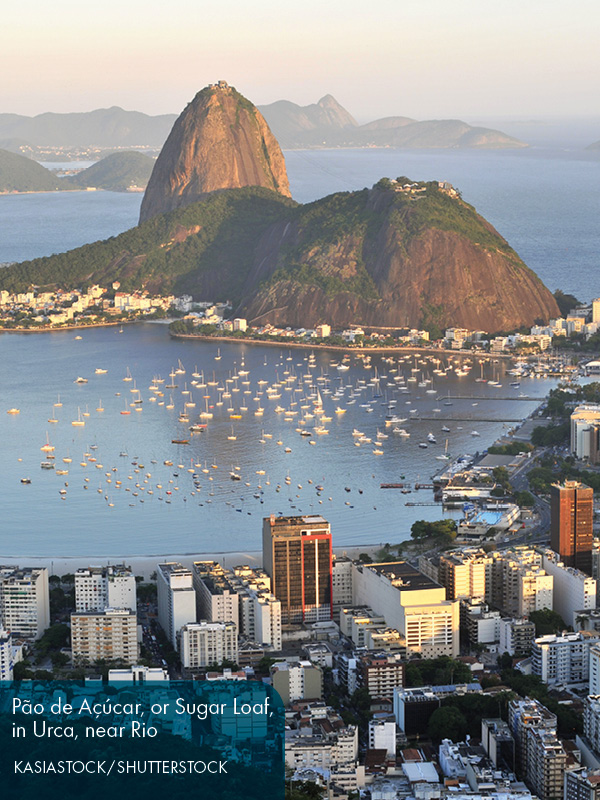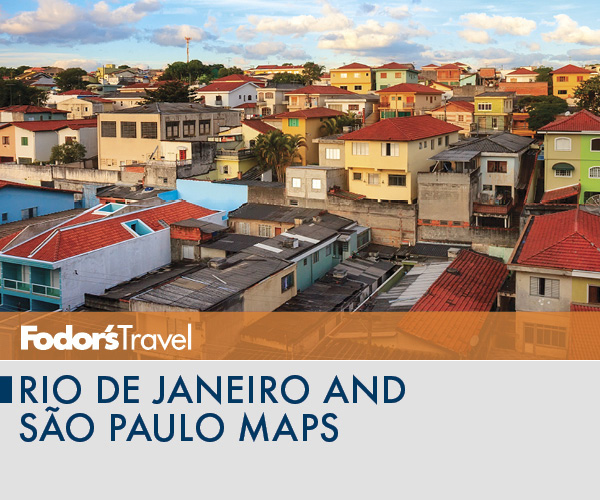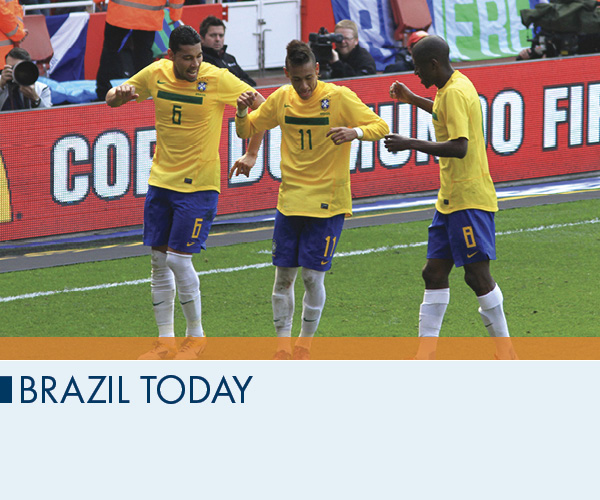Fodors - Fodors Rio de Janeiro & Sao Paulo 2014: with 8 Pages on the FIFA World Cup
Here you can read online Fodors - Fodors Rio de Janeiro & Sao Paulo 2014: with 8 Pages on the FIFA World Cup full text of the book (entire story) in english for free. Download pdf and epub, get meaning, cover and reviews about this ebook. year: 2013, publisher: Fodors, genre: Home and family. Description of the work, (preface) as well as reviews are available. Best literature library LitArk.com created for fans of good reading and offers a wide selection of genres:
Romance novel
Science fiction
Adventure
Detective
Science
History
Home and family
Prose
Art
Politics
Computer
Non-fiction
Religion
Business
Children
Humor
Choose a favorite category and find really read worthwhile books. Enjoy immersion in the world of imagination, feel the emotions of the characters or learn something new for yourself, make an fascinating discovery.

- Book:Fodors Rio de Janeiro & Sao Paulo 2014: with 8 Pages on the FIFA World Cup
- Author:
- Publisher:Fodors
- Genre:
- Year:2013
- Rating:3 / 5
- Favourites:Add to favourites
- Your mark:
Fodors Rio de Janeiro & Sao Paulo 2014: with 8 Pages on the FIFA World Cup: summary, description and annotation
We offer to read an annotation, description, summary or preface (depends on what the author of the book "Fodors Rio de Janeiro & Sao Paulo 2014: with 8 Pages on the FIFA World Cup" wrote himself). If you haven't found the necessary information about the book — write in the comments, we will try to find it.
Expanded Coverage: An 8-page color section highlights Top Experiences for travelers. This edition has a new Experience chapter with in-depth information on visiting Rio and So Paulo, including the best beaches in the region and insider tips on attending Carnival. It also works as an expert trip planner, with features on great itineraries and when to go. The guide has expanded coverage on numerous side trips to national parks and resort towns in the surrounding areas, such as the pristine beaches at the ever-popular Buzios.
Special Features: This edition features fresh restaurant and hotel picks, along with extensive information on side trips for travelers looking to unwind from the frenetic pace of Rio or So Paulo. The Experience chapter brims with in-depth information on the sounds, tastes, peoples, and cultures of the two cities.
Indispensible Trip Planning Tools: Each chapter opens with an orientation and planning section that includes maps, the top reasons to go, and other essential information to help visitors plan their time effectively and navigate these cities and their environs.
Special Events: Brazil will be in the spotlight in the near future as the host of the 2014 Soccer World Cup and the 2016 Summer Olympics. The guide offers tips on planning a trip during this tournament, along with easy-to-follow information on the venues that will host World Cup games in both cities.
Discerning Recommendations: Fodors Rio de Janeiro and So Paulo offers savvy advice and recommendations from local writers to help travelers make the most of their time. Fodors Choice designates our best picks, from hotels to nightlife. Word of Mouth quotes from fellow travelers provide valuable insights.
ABOUT FODORS AUTHORS: Each Fodors Travel Guide is researched and written by local experts.
Fodors: author's other books
Who wrote Fodors Rio de Janeiro & Sao Paulo 2014: with 8 Pages on the FIFA World Cup? Find out the surname, the name of the author of the book and a list of all author's works by series.


